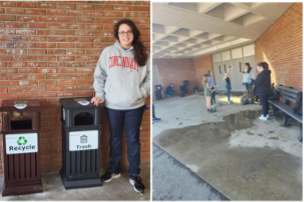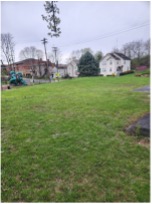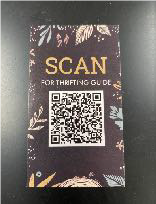2023, Ohio, USA
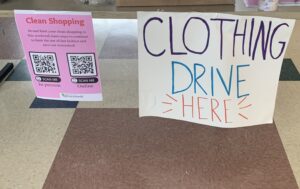
Margot, Callie, and Hollis focused on the negative impacts that are caused by fast fashion. The problem was identified in their watershed, with the vast environmental impact that fast fashion poses. Fast fashion produces extensive air and water pollution, with extremely negative environmental impacts. Margot, Callie, and Hollis knew this was something that needed to be fixed, and fast.
The group narrowed their focus by reviewing the UN’s Sustainable development goals. Goal 11, to make cities and human settlements inclusive, safe, resilient, and sustainable, with a focus on waste management and implementation. Goal 12, to ensure sustainable consumption and production patterns with a focus on reducing waste generation, procurement, and information. Their final goal was Goal 13 to take urgent action to combat climate change and its impacts specifically to improve education and awareness.
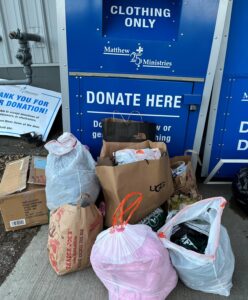
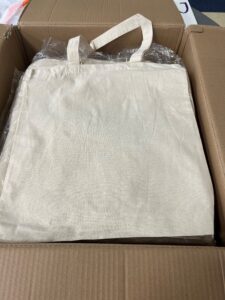
In order to combat this problem they decided to organize a clothing drive through their school. Their two-day event consisted of a donation day on Saturday and a thrift event hosted on Sunday. Over 1,050 items of clothing were donated on Saturday and for every item donated participants received 1 credit to shop with the next day. In order to increase turnout, they allowed community members to donate canned goods and toiletries as another opportunity to receive credits.
There was great turnout on Sunday with people coming from all over Wyoming and surrounding communities. The bathrooms were open, so that way everyone had the option to try on each item before purchasing. This lowered the chance that items would immediately be taken to places like goodwill following the drive. Majority of the donations received were taken, but they then took the few remaining items, as well as the donated canned goods and toiletries to Matthew 25 Ministries. This made the impact of their drive global, with Matthew 25 shipping the donations to countries in need.
With such a successful drive, the group received countless compliments from community members. Several were shocked and impressed that they collected so many donation items in only one day. Others requested that the project continues down the line. With all of the positive feedback, Margot, Callie and Hollis decided to implement the project as a yearly tradition. They took it up with Project Lead, a volunteer group at their school. Project lead agreed to host the drive every year, meaning that the impact of the drive can continue for years to come.
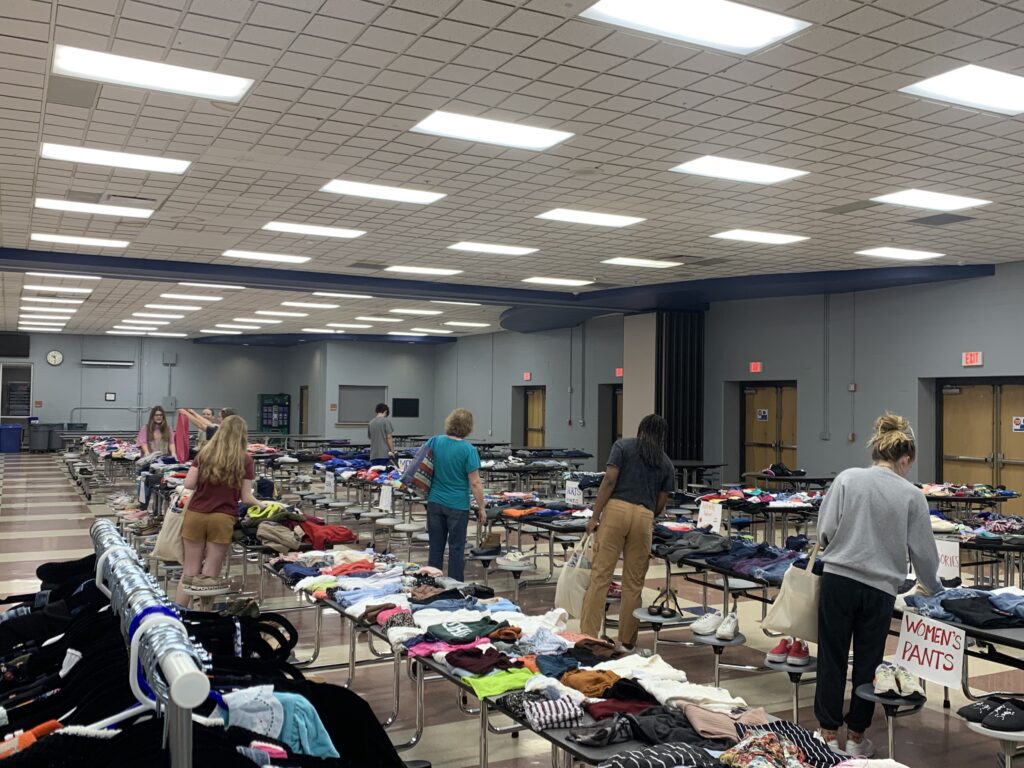
With fast fashion being such a prevalent issue resulting from the rise of social media, the trend of fast fashion is not projected to slow down any time soon. The group hung up posters at the drive with several links of sustainable online businesses to shop at, as well as nearby environmentally friendly thrift stores. The ability of this drive to start a cycle of clean shopping will be increasingly beneficial for the community of Wyoming, Ohio as well as surrounding communities. A major takeaway from the experience that Margot, Callie, and Hollis got was how such a small project can end up making such a big impact. Wyoming is a very small community, but they were able to make a global impact that will continue to serve as a way to help the environment for as long as the drive continues. It makes them wonder, if such a tight knit small community can make such a drastic impact, what even bigger impact can the surrounding big communities do?
On one of the final days in class before summer break, the students gave a presentation to their class using the same slideshow used to present at the Ohio Caring for Our Watersheds competition where they placed 3rd in the state.
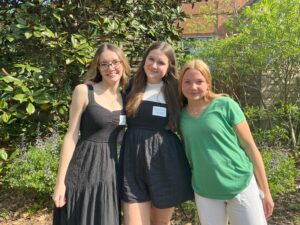
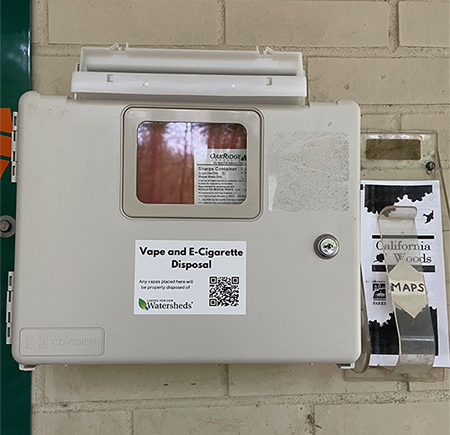
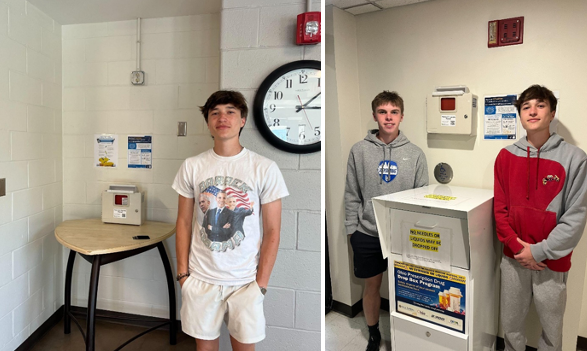


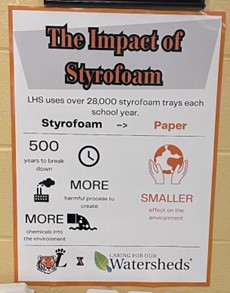
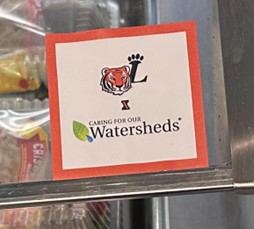
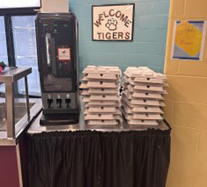




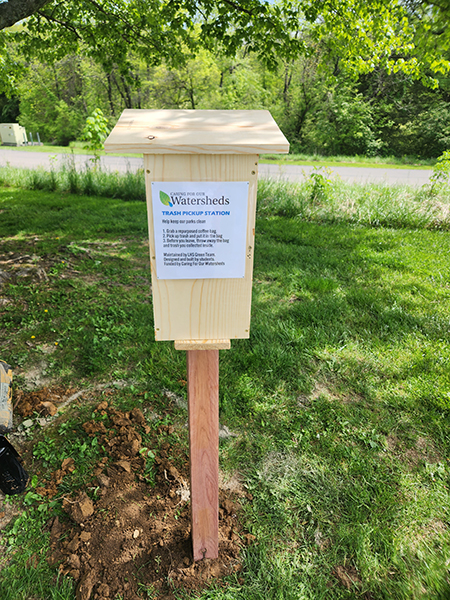
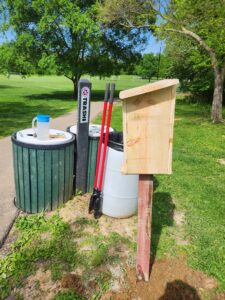
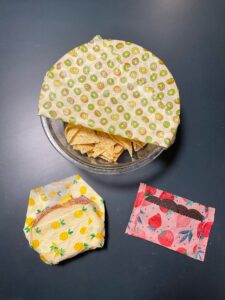
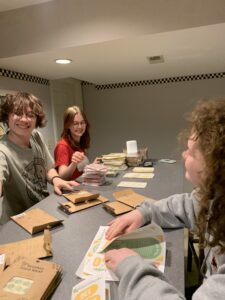
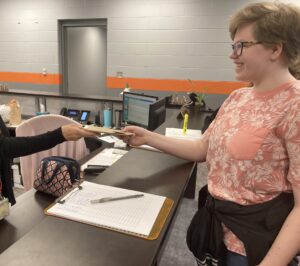
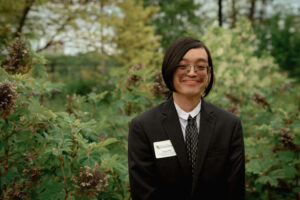
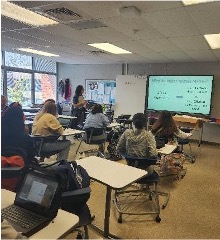 use habits. He then created a presentation and posters to shed light on the issues of paper towel waste. He even created a Jingle PSA (check it out below!) to go along with the presentation and to be showcased in the halls for community engagement. He also created a quiz at the end of every presentation, giving out stickers for prizes to ensure that students were engaged in the lesson and really driving home the impact of paper towel waste. All of this served to inform the students and staff on more sustainable paper towel use at school (ex. using one paper towel or using the hand dryers).
use habits. He then created a presentation and posters to shed light on the issues of paper towel waste. He even created a Jingle PSA (check it out below!) to go along with the presentation and to be showcased in the halls for community engagement. He also created a quiz at the end of every presentation, giving out stickers for prizes to ensure that students were engaged in the lesson and really driving home the impact of paper towel waste. All of this served to inform the students and staff on more sustainable paper towel use at school (ex. using one paper towel or using the hand dryers).